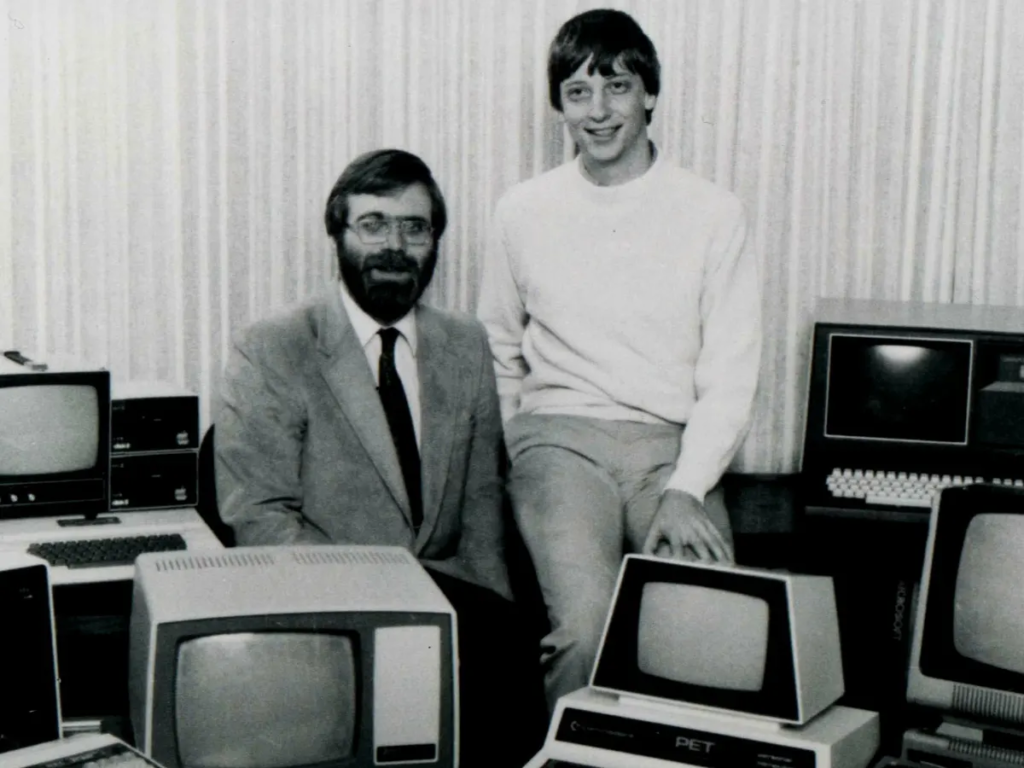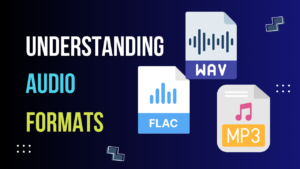Table of Contents

Intro
Microsoft Founded in a garage, the history of this technology titan is a story of innovation, strategic decisions, and shaping the digital era. From its modest start to becoming one of the world’s leading tech companies, Microsoft’s journey mirrors the evolution of personal computing, software innovation, and the internet. This overview delves into the crucial phases of Microsoft’s history, revealing insights into its navigation through the fast-evolving tech landscape, leaving a profound impact on the industry and our everyday lives.
1. Founding and Early Years of Microsoft (1975-1985)
Microsoft Founded: The Vision Begins (1975)
The inception of Microsoft in 1975 marked the beginning of a new era in computing. Childhood friends Bill Gates and Paul Allen founded the company with a vision of personal computing for every home and office. Their first project was developing a BASIC programming language for the MITS Altair 8800, laying the groundwork for Microsoft’s future.
Microsoft Founded: Early Success and Strategic Partnerships (1976-1980)
After officially registering the company name ‘Microsoft’ in 1976, Gates and Allen focused on programming languages. The defining moment came when IBM selected Microsoft in 1980 to develop an operating system for its personal computer, leading to the creation of MS-DOS and establishing Microsoft as a key player in software development.
Microsoft Founded: Unveiling Windows (1983-1985)
In a significant move, Microsoft announced Windows in 1983, a graphical user interface extension for MS-DOS. This innovation, which culminated in the release of Windows 1.0 in 1985, revolutionized personal computing by making it more accessible and user-friendly, and firmly established Microsoft’s position in the tech industry.
Microsoft Founded: Diversifying into Office Software (1985)
The year 1985 also saw Microsoft diversify into office productivity software. Starting with applications like Word and Excel, Microsoft laid the foundation for the future Microsoft Office Suite, reinforcing its dominance in both operating systems and productivity software.
Microsoft Founded: Global Expansion (1985)
Alongside its product development, Microsoft also embarked on global expansion in 1985, opening offices worldwide. This expansion was a testament to the company’s growing influence and its commitment to catering to a global market.
Microsoft Founded, A Tech Giant Emerges
By the end of 1985, Microsoft had not only established itself as a technology leader but had also set the stage for its future growth and global dominance. The company’s strategic moves in its early years, from innovative product development to global expansion, were pivotal in shaping its path as a tech giant.
2. Windows and Office (1985-1995)
Microsoft’s Breakthrough: Windows Takes Off (1985-1990)
The release of Windows 1.0 in 1985 marked a significant turning point for Microsoft. It introduced a graphical user interface that transformed personal computing. In 1987, Windows 2.0 was launched with enhanced graphics and expanded memory. This period also saw the release of Windows 3.0 in 1990, which became a massive commercial success, selling millions of copies and solidifying Microsoft’s dominance in operating systems.
Office Suite Revolution: Integrating Productivity (1990-1992)
In 1990, Microsoft made a strategic move by bundling its popular productivity applications – Word, Excel, and PowerPoint – into Microsoft Office. This integration revolutionized the way businesses and individuals approached productivity software, offering a comprehensive suite that catered to various needs. Microsoft Office quickly became the standard in office suites, further extending Microsoft’s reach in software solutions.
Windows 95: A New Computing Era (1995)
Perhaps the most significant milestone of this period was the release of Windows 95. Launched with unprecedented fanfare, Windows 95 featured a Start button, taskbar, and improved user interface, making computing more intuitive. This release played a pivotal role in popularizing personal computing and cemented Microsoft’s position as a leader in operating system development.
Expanding the Windows Ecosystem (1985-1995)
During this decade, Microsoft continuously expanded the Windows ecosystem, introducing various versions tailored for different user needs. This included Windows NT in 1993, designed for businesses requiring advanced networking and security features. By continuously evolving and improving Windows, Microsoft attracted a diverse range of users, from casual home users to enterprise clients.
Dominance in Office Productivity (1985-1995)
Throughout this period, Microsoft also focused on enhancing and expanding its Office suite. New versions of Office were regularly released, introducing innovative features like built-in spell check and more sophisticated data analysis tools in Excel. These enhancements ensured that Microsoft Office remained the preferred choice for millions worldwide.
Shaping the Future of Personal Computing
Between 1985 and 1995, Microsoft not only revolutionized personal computing with Windows but also redefined office productivity with its Office suite. These developments laid the foundation for Microsoft’s future innovations and continued its legacy as a pioneer in the technology sector.
In the next series, we will talk about Windows95, which made Microsoft what it is today.
Source : Microsoft History: Founding, Timeline, and Milestones – Zippia
Discover More
As we wrap up our journey through the hidden layers of the internet, it’s clear that the digital world is vast and full of mysteries. But the exploration doesn’t have to stop here! If you’re intrigued by the complexities of the internet, you might also enjoy delving into these related topics
Top 10 Google Chrome Hidden Features and Games – ReViewMaster DEN (rvmden.com)
Mastering Windows Shortcuts: Your Guide to Effortless Computing – ReViewMaster DEN (rvmden.com)



